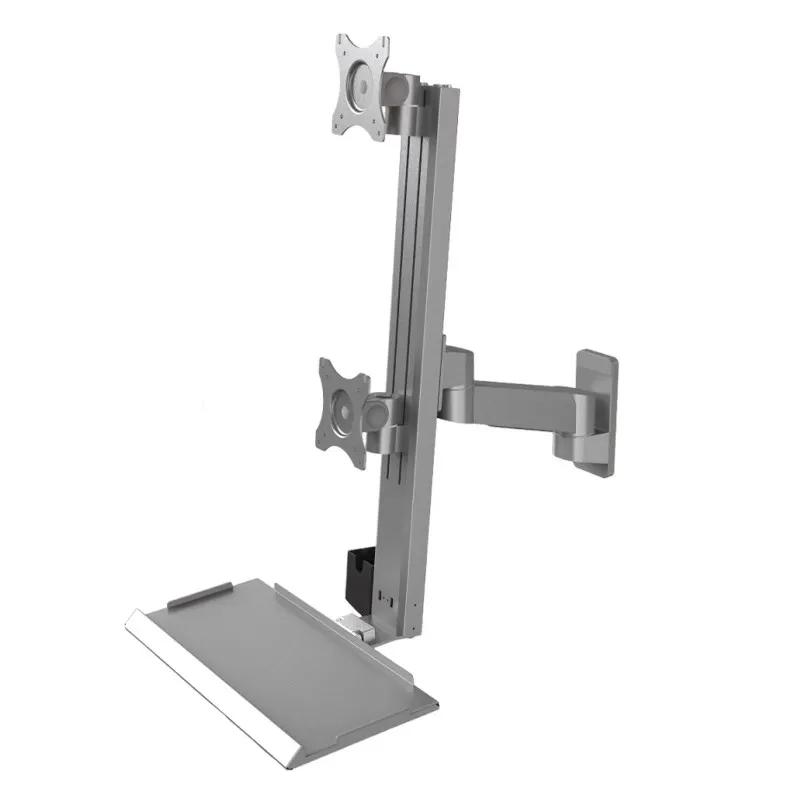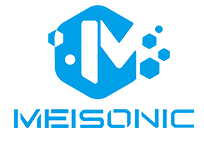The Versatility of Custom Display Brackets Across Industries
Industrial Applications: Heavy-Duty Mounting Solutions
Custom display brackets have become essential across many different industries like manufacturing, logistics, and construction work sites. Standard off-the-shelf brackets just don't cut it when dealing with the weight and size of specialized equipment these sectors require daily. Take factories for example most factory floors rely on specially made brackets to hold those big control panels for their machines, which keeps everything stable and prevents accidents during operation. The logistics sector faces similar challenges too warehouse managers need tough brackets to mount GPS trackers and digital displays onto delivery trucks so they can monitor shipments while on the move. Industry reports show that companies are buying more of these heavy duty mounting solutions than ever before. This trend makes sense given how much automation has taken over recent years, with businesses constantly upgrading their facilities to keep up with new technology demands.
Medical Use: Sanitary and Space-Optimized Designs
When it comes to healthcare settings, keeping things clean and making smart use of limited space matters a lot, which is why custom display brackets have become so useful. These brackets actually work to keep surfaces cleaner for longer periods, cutting down on the chance of germs spreading around in places where patients receive care. Take a look at how they function practically speaking these brackets allow doctors and nurses to install screens and other gear away from hands touching them directly, plus makes wiping down surfaces much easier after each use. Another big plus is how they save precious room in already crowded rooms by attaching essential devices like heart rate monitors or IV drip systems right onto walls or even ceilings. This means less clutter on floors where people walk around, something that hospital administrators appreciate since it follows CDC recommendations about controlling infections better when equipment isn't just lying around everywhere.
Entertainment Integration: Flexible and Aesthetic Mounts
Venues that host entertainment events really get a lot out of custom display brackets because they give so much flexibility while looking good too something audiences notice even if they don't realize it. Theaters, music venues, and event spaces all need ways to mount expensive AV gear safely without making everything look cluttered or industrial. These special brackets let installers adjust things however works best for each space's unique layout and decor style, keeping tech hidden but still functional. Take the Sydney Opera House as an example they had some serious challenges fitting modern equipment into their iconic architecture without ruining the visual impact. Their solution? Custom made mounts that disappeared into the walls and ceilings, letting performances happen smoothly while maintaining that world famous atmosphere.
Key Design Considerations for Durable Custom Brackets
Material Selection for Enhanced Load Capacity
Picking out the correct material plays a big role in creating lasting custom display brackets that stand up to wear and tear. Most folks go with aluminum, steel, or composite materials because each brings something different to the table. Take aluminum for example it weighs next to nothing but still packs quite a punch when it comes to strength, so it works great when weight matters most. Then there's steel which just plain holds together better under stress, making it perfect for those really heavy duty jobs. Composites sit somewhere in between they're not as light as aluminum but definitely lighter than steel while still holding up pretty well. The type of material chosen makes all the difference in how much weight a bracket can actually hold. Some testing has shown time and again that steel brackets generally handle more weight than either aluminum or composite ones, which is why many factories stick with them for stable mounting solutions. What gets selected ultimately determines how long these brackets will last before needing replacement.
Corrosion Resistance in Challenging Environments
Resistance to corrosion matters a lot too, particularly when dealing with harsh conditions like saltwater areas or factories where brackets get hit by all sorts of damaging stuff regularly. Manufacturers tackle this problem by applying different protective layers and finishes to their custom made brackets. Galvanizing and powder coating are common choices here. What makes these treatments work so well? They basically form shields that keep water out and stop chemical reactions from happening. Research into how well these anti-corrosion methods perform indicates something pretty impressive actually – brackets that have been properly treated tend to last about half again as long as those without any protection. When companies invest in these kinds of treatments upfront, they end up saving money later because their equipment stays strong longer and doesn't need constant fixing or replacement.
Enhancing Efficiency with Ergonomic Bracket Designs
Space-Saving Solutions for Compact Workstations
Workspaces are changing fast these days, so finding ways to save space has become pretty much essential for anyone working in small areas. Custom display brackets actually work really well here because they let people get more done while still being comfortable, even when space is super limited. What makes these brackets special is how they help organize things better. People can mount their monitors, tools, or whatever else they need right onto walls or desks instead of taking up precious surface area. Some businesses we've seen recently report that once they installed these kinds of brackets, everyone started working faster and there was way less stuff lying around everywhere. The best part? These brackets can go either on walls or desks depending on what fits best for each individual setup. That kind of adaptability just makes sense for all those constantly shifting office layouts we see nowadays.
Adjustability Features for Dynamic Applications
Adjustable custom display brackets really matter when it comes to different applications from simple display screens all the way to complex machinery setups. What makes these brackets so important? Well, they let people tweak things around until everything feels just right for their body and work habits. Good bracket designs typically include features like tilting forward/backward, side to side movement, and changing heights without losing stability during those adjustments. Take office environments for instance where companies have started using these adjustable mounts across departments. Employees report getting more done throughout the day simply because their monitors sit at eye level instead of forcing them to crane necks or hunch over. Plus workers tend to stay happier when they can actually control how their workspace looks and functions rather than being stuck with whatever was installed last month. Of course there are exceptions where fixed mounting solutions still work better, but generally speaking customization options lead to better outcomes for most users in terms of both productivity gains and physical comfort levels.
Advanced Manufacturing Techniques for Precision Brackets
CNC Machining for Tight Tolerances
CNC machining is really important when making custom display brackets because it lets manufacturers achieve incredible accuracy. With this kind of manufacturing process, companies can create brackets that fit together almost perfectly since they work within very narrow tolerance ranges. When parts fit just right, there's less chance of mistakes during assembly and everything lines up better too. Take the aerospace industry for instance, where even tiny measurement differences matter a lot. That's why so many different sectors including cars and electronics depend on these machined brackets. After all, nobody wants their product failing simply because some bracket was off by a fraction of an inch somewhere along the line.
Welding and Assembly Best Practices
Good welding practices really matter when it comes to making sure custom display brackets hold up over time. When manufacturers focus on things like designing good joints and applying heat treatments after welding, they cut down on warping and keep the brackets solid throughout the process. The truth is, if there's any weakness in how strong the bracket actually is, we're looking at early failures and shorter product life spans. Solid assembly backed by decent welding work makes all the difference in how long those brackets last. Take a bracket put together properly with strong welds, and it could easily last many more years than one done carelessly. Industry data shows something interesting too products made with careful attention to both welding and assembly tend to stay functional around 30 percent longer than their counterparts. That kind of longevity speaks volumes about why manufacturers should invest in better welding techniques from day one.
Safety and Compliance Standards for Custom Mounts
Medical-Grade Certifications for Hygiene
Medical grade certifications matter a lot when it comes to custom display brackets used in hospitals and clinics. Certifications like ISO 13485 and FDA approval ensure these brackets won't compromise patient safety because they meet tough standards around cleanliness and sterilization. When facilities skip these requirements, bad things happen. We saw this at a regional hospital last year where non-certified brackets actually contributed to equipment contamination issues between rooms. Getting certified isn't just paperwork either. Manufacturers have to go through rigorous audits and validate every step of their manufacturing process. For companies serious about working in healthcare, this extra work pays off in multiple ways. Products become more reliable over time, and hospital staff start trusting them more, which ultimately means better outcomes for patients.
Industrial Safety Ratings and Testing
In industrial settings, custom display brackets need to meet strict safety requirements through proper ratings and thorough testing before they get approved for use. Standards such as ASTM ratings and ANSI certifications establish minimum levels of strength and durability that manufacturers must achieve. When it comes to actual testing, companies typically run stress tests under different loads, simulate extreme environmental conditions, and perform fatigue analysis over extended periods. Looking at guidelines from groups like OSHA and ISO isn't just paperwork - these standards actually guide how safe operations remain day after day. The whole point of going through all this testing is twofold: first, to make sure the products themselves hold up over time, and second, to protect both personnel working around them and other equipment in the facility.

Real-World Applications and Case Studies
Hospital Workstation Brackets in Action
Custom display brackets are changing how hospitals manage their space and workflow. Take for example St. Mary's General Hospital downtown, where they installed these brackets across workstations in their emergency room last year. The difference was night and day. Nurses no longer had to hunt around for monitors and other gear because everything stayed neatly organized at eye level. Staff surveys showed most people loved the change. According to Maria Thompson, head nurse on night shift, "Before we got those brackets, half our time was spent looking for stuff instead of caring for patients. Now? Everything stays put where it belongs." What this tells us is that something as simple as proper mounting solutions can transform daily operations in medical facilities while making life easier for overworked staff members who need every second counted.
Entertainment Venue Display Installations
A major concert hall recently installed custom display brackets that made better use of available space while enhancing what people see from their seats. According to reports from on site installations, these special mounts allowed them to place big LED screens all around the building where they needed them most. The arrangement worked pretty well actually, giving folks pretty good views no matter where they sat down. When putting everything together, there were some real headaches though. Space between walls was tight in parts of the building, plus certain areas had structural limitations. The install team got creative though, using brackets that could tilt and adjust, plus really solid mounting points. After everything went live, feedback was overwhelmingly positive. Venue staff mentioned that the new screens completely changed the atmosphere during events, making concerts and other shows much more visually interesting for everyone present.
Factory Floor Mounting Success Stories
Custom brackets on factory floors have made a real difference in both productivity and worker safety across many plants. Take one automotive parts manufacturer where they installed these brackets to mount control panels and screens throughout the assembly line. Workers no longer had to walk away from their stations to check status updates, which management estimates boosted overall efficiency somewhere around 15%. The floor area became much cleaner too since there were fewer cables and loose equipment lying around, cutting down on slip and fall incidents. Factory supervisors often mention that besides saving time, employees seem happier at work now that everything is within reach. Some even say the shop floor feels less cluttered and more organized. These kinds of practical benefits show why so many manufacturers are turning to custom bracket solutions for their facilities.
Frequently Asked Questions
What are some common materials used in custom display brackets?
Common materials include aluminum, steel, and composites, each offering distinct characteristics like strength and lightweight properties.
How can custom brackets enhance efficiency in workplaces?
Custom brackets can optimize space by mounting screens and equipment, leading to reduced clutter and improved workflow efficiency.
Why is corrosion resistance important for display brackets?
Corrosion resistance ensures durability, especially in environments exposed to moisture or chemicals, reducing maintenance needs over time.
What role does CNC machining play in the production of custom brackets?
CNC machining provides high precision, ensuring each bracket fits its application perfectly, crucial in industries requiring exact specifications.
Are there safety certifications required for brackets used in medical settings?
Yes, custom brackets must meet certifications like ISO 13485 and FDA approvals to guarantee safety and hygiene in healthcare environments.
Table of Contents
- The Versatility of Custom Display Brackets Across Industries
- Key Design Considerations for Durable Custom Brackets
- Enhancing Efficiency with Ergonomic Bracket Designs
- Advanced Manufacturing Techniques for Precision Brackets
- Safety and Compliance Standards for Custom Mounts
- Real-World Applications and Case Studies
-
Frequently Asked Questions
- What are some common materials used in custom display brackets?
- How can custom brackets enhance efficiency in workplaces?
- Why is corrosion resistance important for display brackets?
- What role does CNC machining play in the production of custom brackets?
- Are there safety certifications required for brackets used in medical settings?





